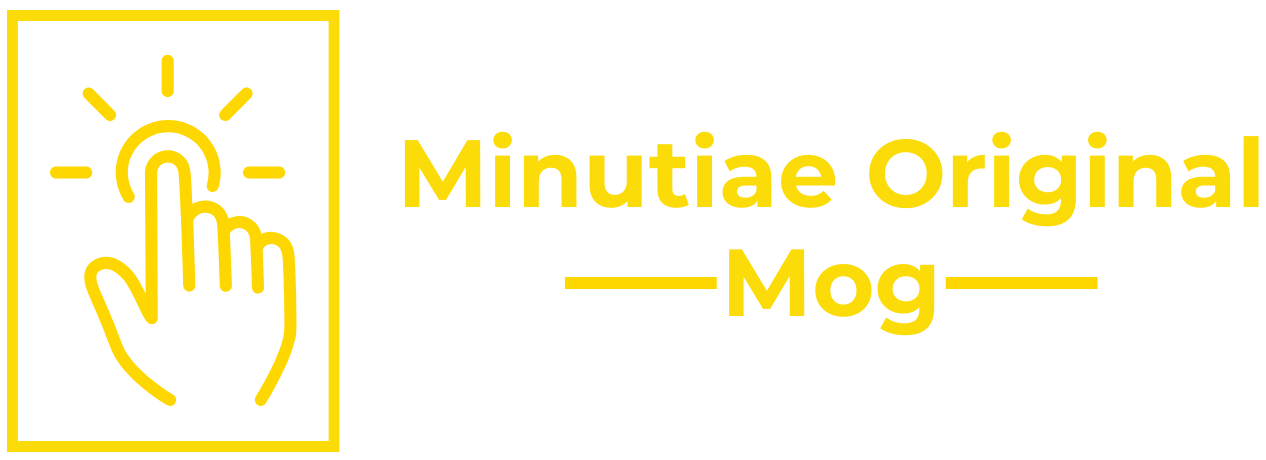The TASK Framework is the world’s first collaborative framework for collaborative friction. Developed by Mog Favour Musonda.
For decades, organizational theorists have known a simple truth: there is no single “best” way to lead a company or manage a team. What works for a fast-paced tech startup will fail in a regulated pharmaceutical lab. The most effective approach depends on the situation. This is the core principle of Contingency Theory.
Traditional contingency factors have included things like the complexity of the technology used, the size of the organization, and the stability of the market. But what about the most complex, variable factor of all: the people themselves?
I believe The TASK Framework introduces a crucial, human-centric layer to this established theory. It provides a real-time diagnostic tool to answer the fundamental contingency question: “What leadership or collaborative approach is needed in this specific situation, with these specific people, on this specific task?”
Think of it this way: traditional models might tell you how to structure your organization chart, but they don’t help you diagnose why this team is failing on that task. The TASK Framework fills that gap by identifying the core source of human friction.
Let’s see how it works in practice:
- Is the primary problem a lack of Knowledge? The team has the will but not the skill. In this contingency, a directive, coaching, or training-based leadership style is most effective. You need to provide clear instructions and resources.
- Is the issue a misalignment in Actions (purpose)? The team has the skill but not the will or belief. Here, a charismatic, visionary, or transformative leadership style is needed to reconnect everyone to the “why” and re-inspire belief in the mission.
- Is the Size of the task overwhelming? The team is suffering from paralysis by analysis. This situation calls for a supportive, coaching-oriented leader who can break the monolithic task into manageable steps, providing encouragement and structure.
- Is Time (competing priorities) the critical factor? The team is distracted and resource-starved. Now, a pragmatic, pace-setting, or organizing leader is required to help clarify priorities, remove obstacles, and streamline focus.
The TASK Framework doesn’t replace existing theories; it brilliantly complements them by providing a practical, daily diagnostic for the human friction that so often derails even the most perfectly laid organizational plans. It is, in essence, contingency theory applied to the messy, human reality of collaboration.

